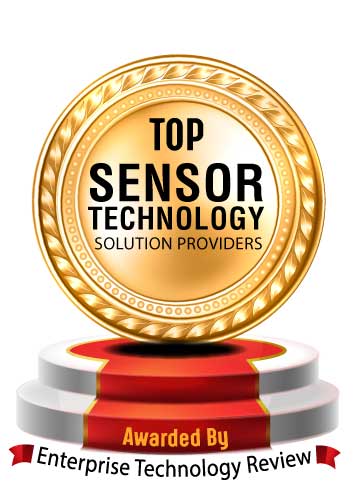
Top 3 Technologies That Can Help Study Oceans Better
Enterprise Technology Review | Tuesday, August 18, 2020

The world is inescapably dependent on the sea yet, we know very less about it, and ocean observation systems broaden their knowledge about the ocean touching the shores.
FREMONT, CA: The study and understanding of oceans is quite essential for the shipping industry. The data extracted from the oceans help predict the weather and sea conditions, which is crucial for ships in planning courses and taking the needed precautions. Furthermore, the ocean observation system also helps to understand ocean pollution, climate changes, untapped resources, changes in the currents, the behavior of marine organisms, and so on.
Here are three technologies that are used to understand and study the oceans around the world.
HFR measures the speed and the direction of ocean surface currents from a few kilometers to 200 km offshore near the coast. It also aids in detecting the objects floating on the sea surface and therefore is highly useful in search and rescue operations. The radar transmitter passes a signal out to the sea, and the conductive seawater surface returns a signal, measuring the Doppler shift and providing velocity and direction.
This weatherproof device can produce a current field in every 15 minutes. Traditionally, the current measuring devices are directly put into the water by the ship’s crew member to extract current speeds.
Drifters
Using this device, oceanographers can study the global ocean currents and their effects. With the recent advancements, drifters’ offers ocean circulation patterns quickly. The “shallow water” drifter can be placed from a ship or an airplane. Once it is floated, the transmitter starts sending data to the satellite, which further transmits it to the receiving stations where the data is processed. Other sensors for surface temperature, ocean color, wind, pressure, and salinity may also be kept in the device to get more data from the sea.
Animal Telemetry
Animal Telemetry entails marine animals to carry electronic tags. This tagging technology allows enterprises to know how these animals interact with the ocean. This knowledge is beneficial to understand the ocean and the challenges of climate change and marine environmental pollution.
This device has been utilized since 1990 on sharks, seals, sea turtles, whales. Sensors track the animals and gather valuable data from the most unreachable areas in the ocean where conventional oceanographic sensing methods are economically or technically unfeasible.
Read Also


![Jair Ribeiro, Senior Business Analyst – Artificial Intelligence Volvo Group IT [STO: VOLV-B] How To Implement An Effective AI Strategy In Your Business](https://www.enterprisetechnologyreview.com/newstransfer/upload/370x420_dD41.jpg)
![Kudret Soyturk, Head of Business Data Intelligence, Atos [EPA: ATO] A Brief Definition of Business Intelligence](https://www.enterprisetechnologyreview.com/newstransfer/upload/370x420_4G9w.jpg)
![Roger Strevens, VP, Global Sustainability, Wallenius Wilhelmsen [FRA: WNL] Getting To Zero - Future Fuels and Wild Goose Chases](https://www.enterprisetechnologyreview.com/newstransfer/upload/370x420_GMAi.jpg)




